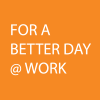The layout of your office may not seem like the most important factor, but it’s something you should consider very early on when you decide to switch your office up and start moving furniture around. The overall office environment, seating plans and the style of desks utilised can have a huge impact on your workforce, which leads to the question we’re looking at today; how can your office layout impact your employees?
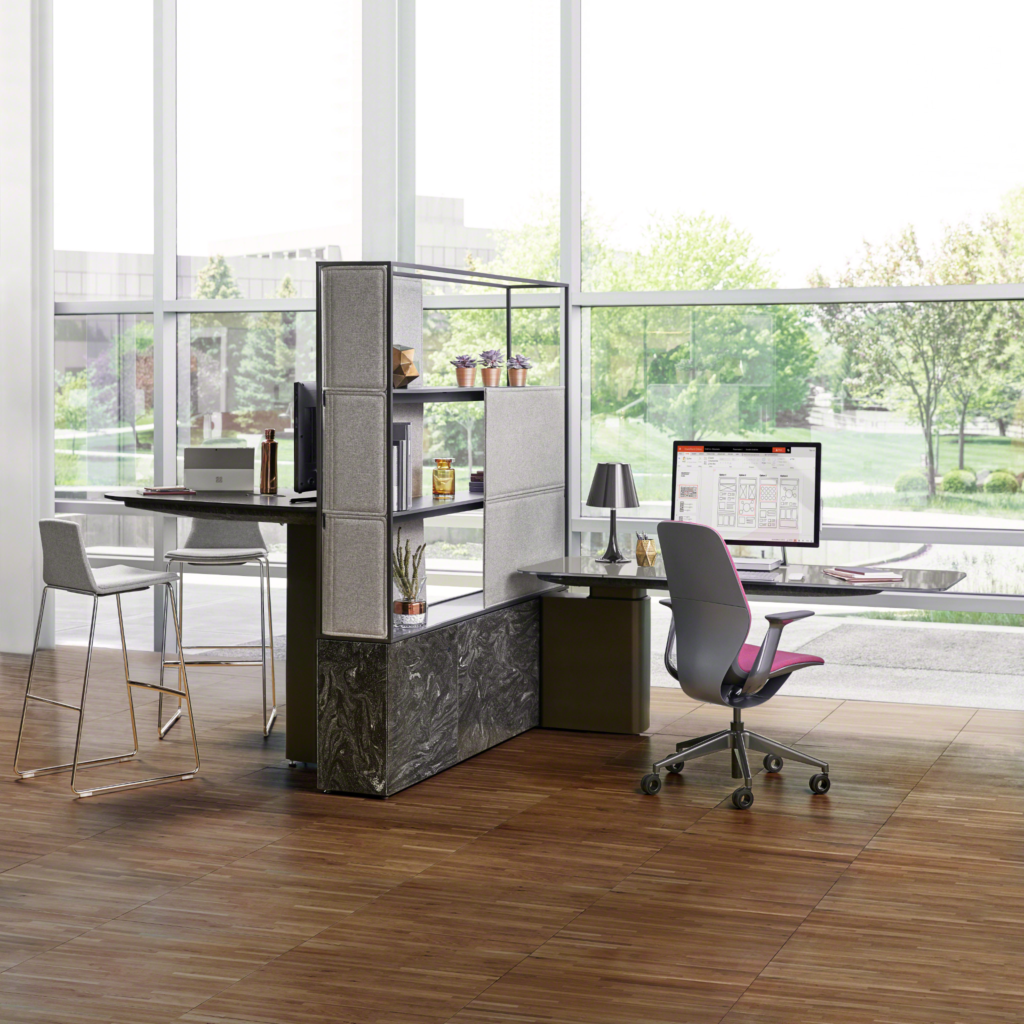
The obvious key to a successful business is hiring the best and brightest people for your team, but enabling them to operate at their highest level is also vital to running an efficient enterprise. We’ve put together a little guide to help you buy the right office furniture and have a good layout without negatively impacting your employees.
The negatives of getting seating & desk plans wrong
Firstly we look at the pitfalls of getting it wrong; if you don’t get your office seating and desk plans right for your employees there may be severe repercussions for your business. Everything from increased levels of stress, job satisfaction, absenteeism and staff turnover, all of which can result from the way the office environment has been designed, or through badly designed hot-desking whilst continuously moving desks and seats.
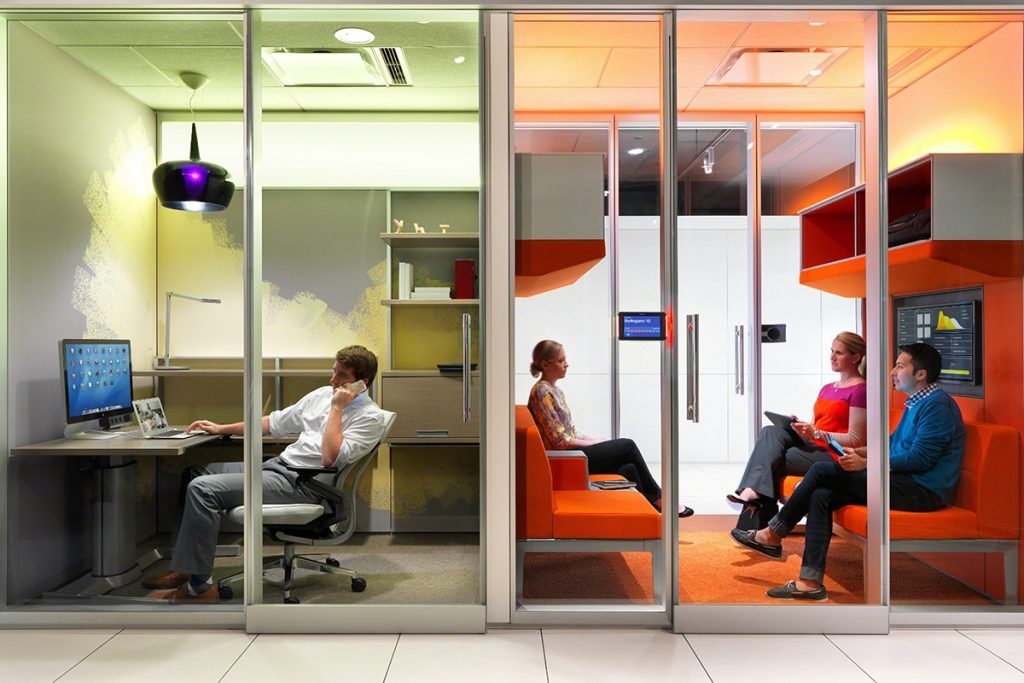
Office Environments through the years
Office environments hadn’t really changed much until the 90’s with new office layout ideas following the influx of ‘modern’ tech businesses. In the 1900s offices were open plan and people were sat in long rows in their departments, shackled to their phones and typewriters, with a manager close by to keep an eye on what employees are up to. For many larger businesses not much changed for many years, even with the introduction of computers and better working practices.
Fast forward to the ‘21st century’ and companies such as Google start to influence one of the biggest changes seen in office layouts. Influences such as hot desking and breakout areas for example, alongside ergonomic improvements around standing desks, booths, and flexible working hours. Some office designs even aim to bring the outdoors inside, or think a bit differently by bringing a theme into the office or room.
A closer look at some of the types of office environments
The Lean Office Environment
This environment involves a minimal layout which allows for easy hot desking because of the lack of personalisation. Many people believe this is the most efficient way to work as clutter free desks ensure there are less distractions.
There are many positive that comes with hot desking in certain office environments such as allowing employees to communicate between departments, with the flexibility of working from different locations, plus it can save you space and money. However, this layout may negatively impact your employees as they can’t personalise their desks and leave work in their drawers which means the hassle of taking papers home with you at the end of the day or packing it up to put in a locker.
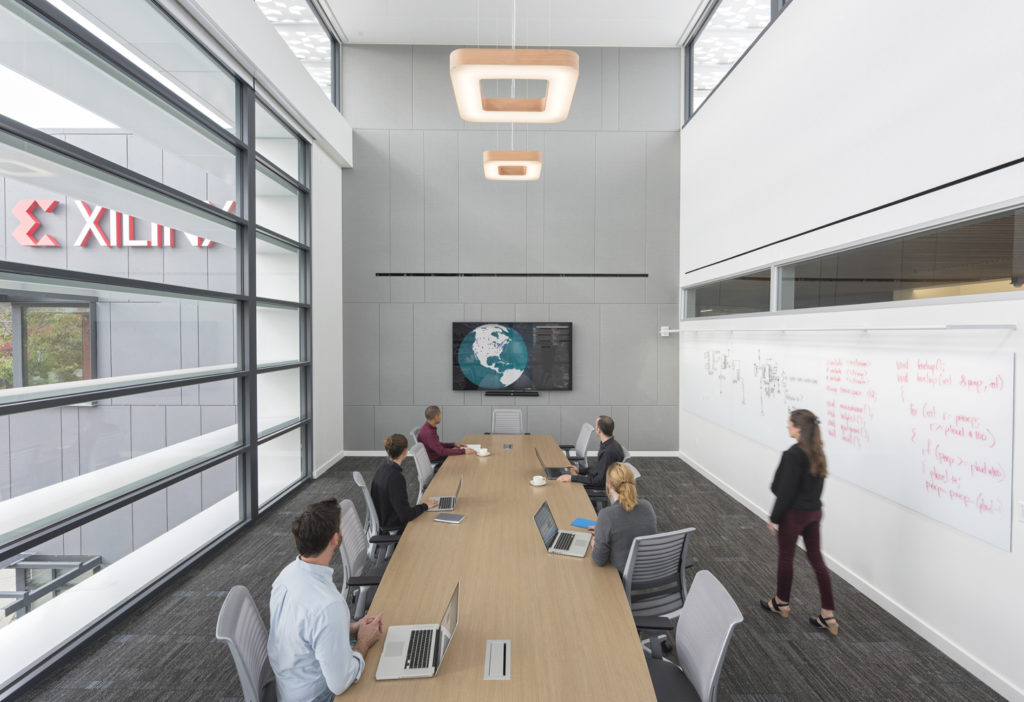
The Enriched Office Environment
The enriched office environment sees employees working in an office environment that has decorations around the office, but this is strictly dictated by management.
This has a slight positive impact on the environment, but the problem can be that it ‘forces’ enriched environment that has no empowerment or personalisation by individual staff members.
The Empowered Office Environment
This office layout allows employees to enrich their environment by deciding how they want to decorate their area. You don’t want to allow complete free-reign of the office to create a massively cluttered environment, but perhaps suggest to members of staff the budget or the number of items they’re allowed to buy.
Not only do you want your employees to add personalisation to the office, we also suggest allowing small amounts of colours to splash through the office environment that keep in with your business’ branding. Our HD colour office desk and storage range are available in 5 bright colours. There are also numerous different ways you can add colour into the office as a bright office will help to motivate your employees.
Office seating arrangements
Not only do you need to consider the importance of the office layout, but also where and how people are seated. When coming up with a seating plan in the office you need to think about your team(s) and how best collaboration will work. For example, sitting individuals close to their colleagues in the same department will allow for them to communicate about work.
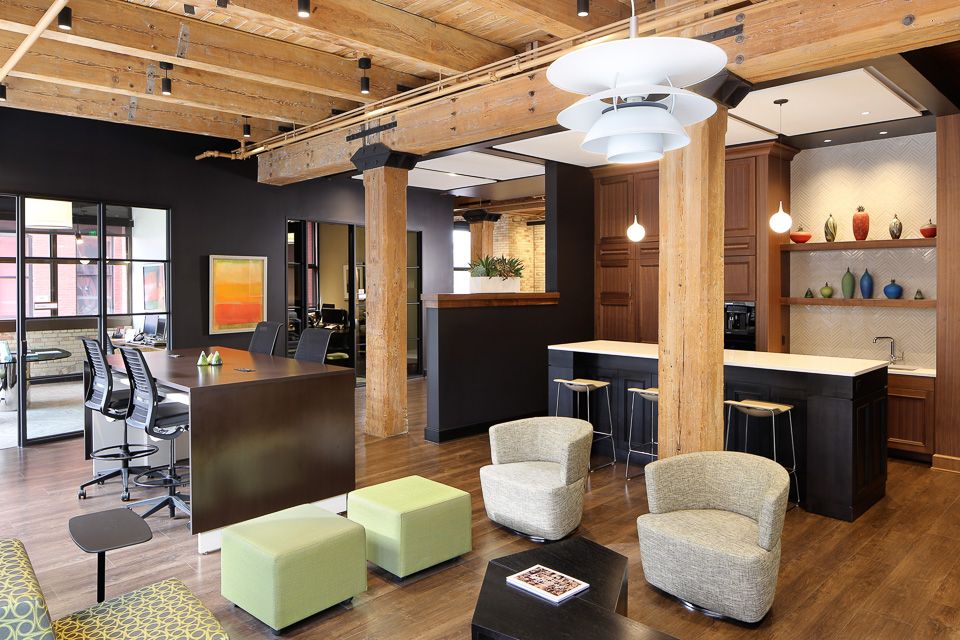
Where to sit in meetings?
Typically in meetings people have a free choice of where to sit. Pay close attention to the seating positions if you’re wanting a certain outcome (or at least help perpetuate one), the following seating principles will help you.
Rectangular meeting tables – Leader of the table
A rectangular meeting table often requires a leader. If you’re not naturally the best leader or communicator, but are in a position that means you need to lead a discussion the best place to sit is at the ‘head of the table’. However, be aware if there is someone seating at the opposite end of the table this person may feel like they want to offer a counter view to yours. In this instance, it’s best to remove the seat at the opposite end of the table to keep the conflict to a minimum.
If there are people in the meeting that have the same views as you, you may want to sit them close by.
Circular meeting tables – Requires no leader
A circular meeting table means that everyone has the exact same amount of space and there is no leader of the table. This encourages people to be more open in expressing their opinions.
In addition to the layout of your office, you should also consider adding a touch of creativity to your work space as it can be a great way to boost your productivity.
AUTHOR: Chloe Beevers
(https://www.kitoutmyoffice.com/blogs/news/how-can-your-office-layout-impact-your-employees)



